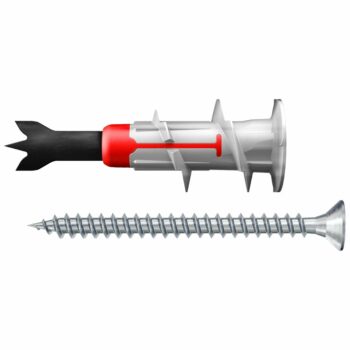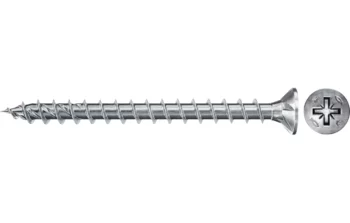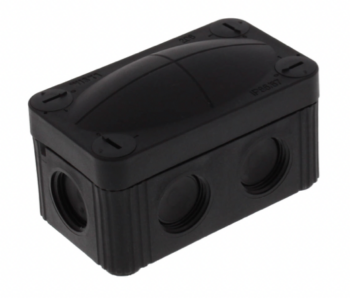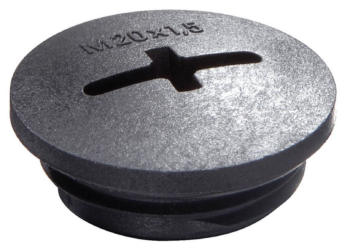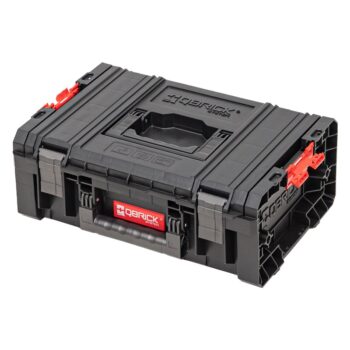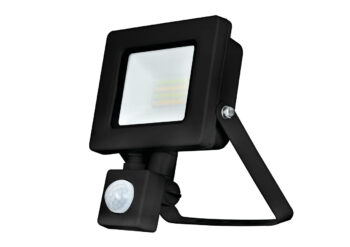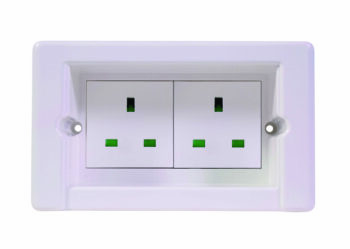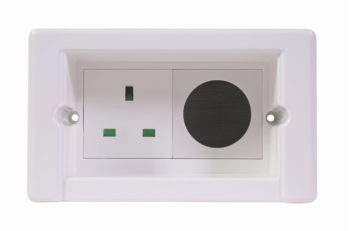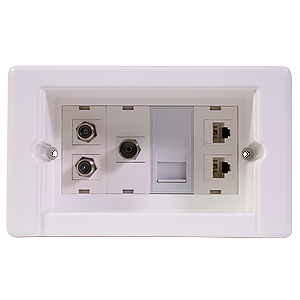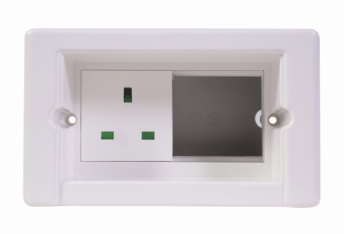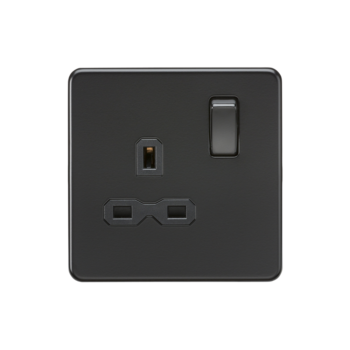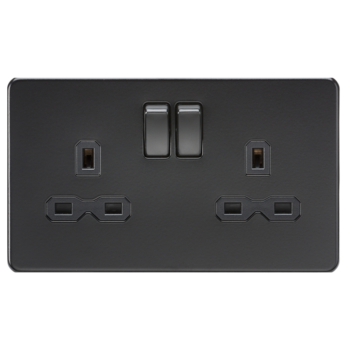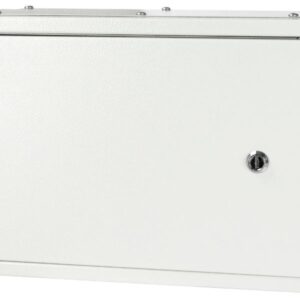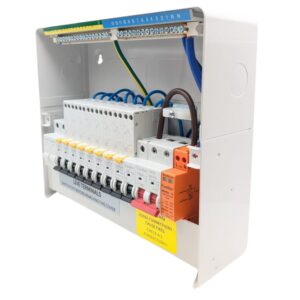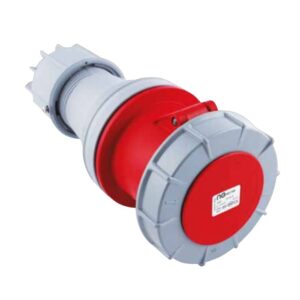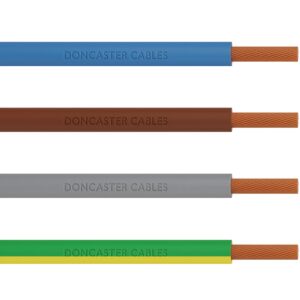Arc Fault Detection Devices Under the 18th Edition Regulations
The 18th Edition of the BS7671 Wiring Regulations, introduced in 2018, brought significant changes to electrical installations in the UK. One of the most critical updates is the recommendation for Arc Fault Detection Devices (AFDDs) in consumer units, particularly in high-risk areas. AFDDs are designed to detect electrical faults before they escalate into dangerous fires. Understanding how they work and why they’re important will help you ensure your installation is both compliant and safe.
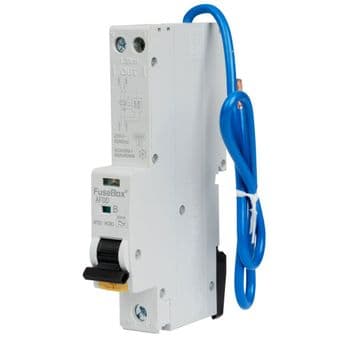
What Are Arc Faults?
An arc fault occurs when electrical current jumps across a gap between conductors, typically caused by damaged or deteriorating wiring, loose connections, or worn-out cables. Unlike a typical short circuit or overload, an arc fault doesn’t trip standard protective devices like MCBs (Miniature Circuit Breakers) or RCDs (Residual Current Devices). However, if left undetected, arc faults generate intense heat, posing a severe fire risk.
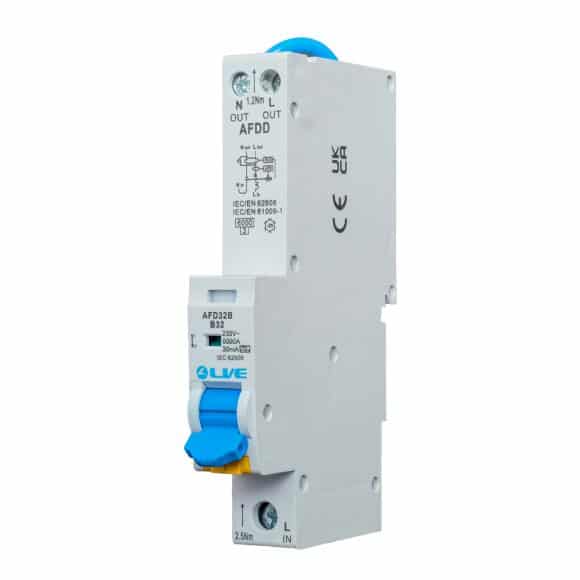
How Do AFDDs Work?
Arc Fault Detection Devices (AFDDs) use advanced microprocessor technology to monitor the electricity waveform and detect any signs of an arc fault. When an AFDD senses the unique signature of an arc, it immediately disconnects the affected circuit, preventing the fault from escalating into a fire. These devices are capable of distinguishing between harmless electrical arcs, such as those caused by switching devices, and dangerous arcs created by faulty wiring.
Where Are AFDDs Required?
Under the 18th Edition regulations, Arc Fault Detection Devices (AFDDs) are highly recommended for use in certain high-risk settings. These include circuits in:
- High-risk residential buildings such as those over 18 meters in height or with more than six stories.
- Bedrooms, particularly in care homes or properties where occupants may be slow to respond to fire hazards.
- Lodging houses, including HMO properties (Houses in Multiple Occupation) and buildings with vulnerable residents.
- Buildings with aging wiring, which are more prone to arc faults due to wear and tear on electrical systems.
Why Are AFDDs Important?
Electrical fires are a leading cause of property damage and fatalities in the UK. While traditional consumer unit protections, such as RCDs and MCBs, defend against overloads and electric shocks, they cannot detect arc faults. AFDDs fill this gap by identifying arc faults early and disconnecting the circuit before a fire can start.
The 18th Edition of BS7671 requires the use of AFDDs in certain high-risk residential buildings, as well as in other locations where safety is critical. Installing AFDDs is a proactive step to reduce fire risks and comply with modern electrical safety standards.
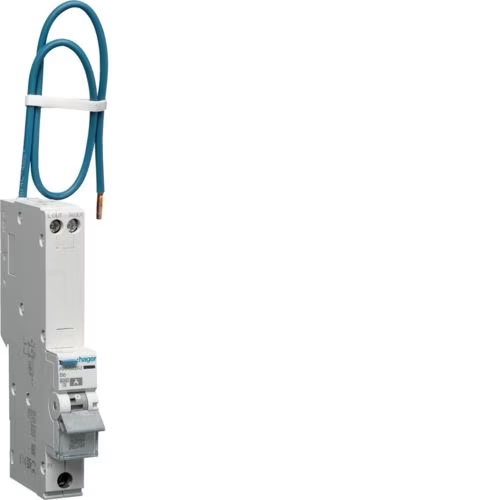
Benefits of Installing AFDDs
- Fire Prevention: AFDDs stop electrical arcs from developing into fires by cutting power at the first sign of a fault.
- Enhanced Safety: These devices offer protection that standard circuit breakers and RCDs cannot, making them essential for high-risk areas.
- Compliance with 18th Edition: AFDDs meet the latest safety requirements and are recommended for high-risk buildings.
- Future-Proofing: As regulations evolve, AFDDs are likely to become mandatory for a broader range of installations.
Upgrade Your Consumer Unit with AFDDs
If you’re looking to upgrade your consumer unit to meet 18th Edition compliance, check out AFDD-compatible consumer units from leading brands:
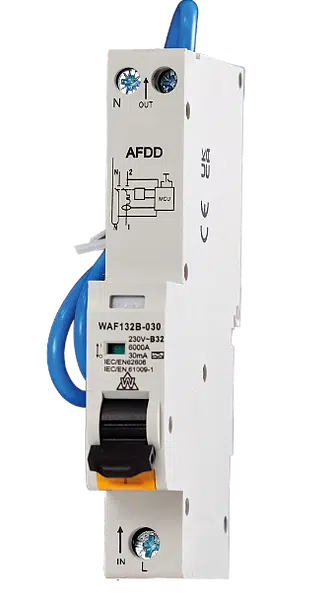
Conclusion
As electrical safety standards continue to evolve, Arc Fault Detection Devices (AFDDs) play a vital role in protecting homes and businesses from the risk of electrical fires. AFDDs detect dangerous arc faults that other devices miss, ensuring a higher level of safety for high-risk residential buildings and vulnerable settings. By installing AFDDs, you can ensure compliance with the 18th Edition regulations and future-proof your electrical installations.
For more updates and tips on electrical safety, follow us on Instagram, Facebook, and subscribe to our YouTube channel!
Our latest posts:
- Compact Horizontal TP&N Distribution Boards – With 100A Main Switch & Type 2 SPD Options
- 🧱 Large PVC Cable Trunking by Dietzel Univolt – Key Sizes + Accessories
- How to Choose an LED Driver – Constant Voltage vs Constant Current Explained
- Most Popular FuseBox Consumer Units
- 🔌 Commando Sockets – The Ultimate Guide to Industrial Plugs and Sockets (IEC 60309)






